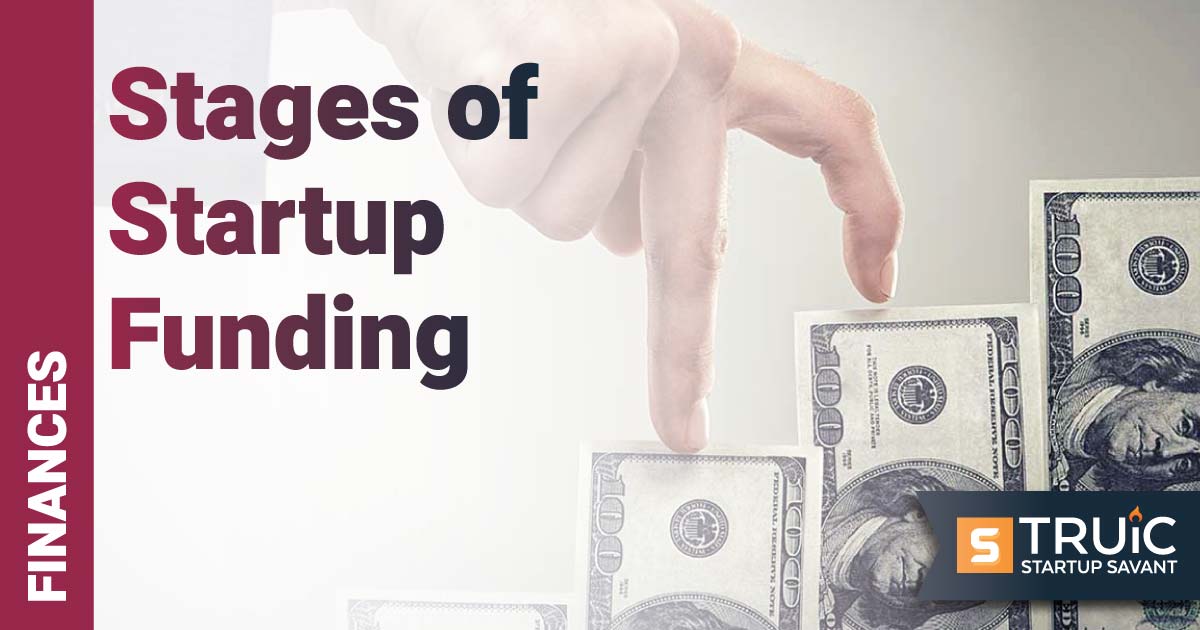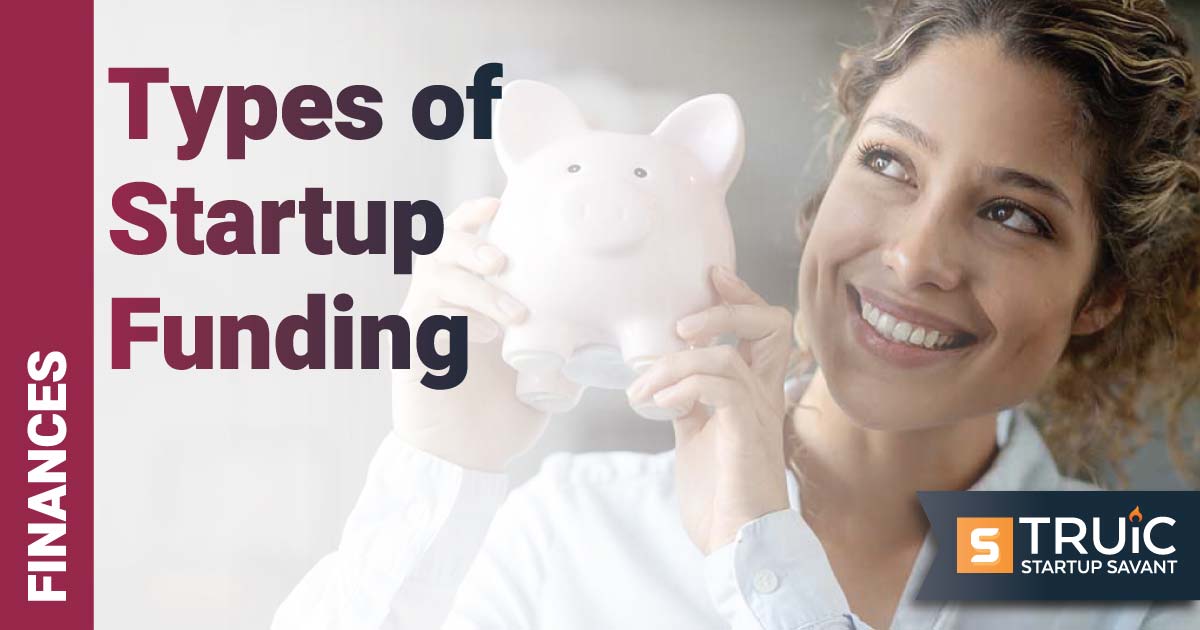Stages of Startup Funding

Last Updated: By TRUiC Team
There are many startup funding choices available, but for startup ideas with big growth potential, series funding is usually the best funding option. Instead of loans or lines of credit, series funding is equity-based which means investors are repaid through high return on investment.
Sound like the right funding for your startup idea? Keep reading to learn more about the stages of series funding and whether it’s the right fit for your startup’s needs.
Recommended: Learn more about startups or read our full guide on how to start a startup.
Startup Funding Stages Explained
Series funding is a financing choice unique to startups. Starting with pre-seed and seed funding, startups using this type of funding grow their company using tiers of equity investments. Series A, B, and C funding is best for startups with high ambition and rapid growth potential that can’t be sufficiently funded by bootstrap funding or friends and family loans. Let’s start from the beginning:
Pre-Seed Funding
Pre-seed funding is unlike any of the other funding stages because during this phase the funding generally comes from the founders themselves, or close friends and family. This is the stage before product development or market research, and therefore the funding is used to fine-tune the startup idea. The reason this stage doesn’t involve outside investors is that this is a high-risk stage for financing and the founders aren’t generally ready to pitch a startup idea that investors can feasibly take on.
Seed Funding
Seed funding is the initial equity funding stage where a startup begins to finance the company. The word ‘seed’ is used to indicate this as the money used to grow the startup, progressing it to other financing stages. Not all startups make it past the seed funding stage to Series A funding; an effective business plan and sufficient revenue are important for a startup to progress to the next funding stage.
During the seed funding stage, startups are building a foundation for a successful company through market research, product development, and identifying the startup’s target market. There are several ways to generate seed funding, either through family, personal savings, or venture capital. However, the most common are angel investors who tend to take on riskier investments before they bring in revenue or have solidified their product or market.
Series Funding
Series funding is a type of equity funding that gives investors a share in the company in exchange for their investment in your startup. These funding stages come after seed funding and are dependent on the startup’s business planning, revenue, and key performance indicators. Startups generally continue through the series of funding until they are optimized for acquisition or Initial Public Offering (IPO).
Series A Funding
The step after seed funding, Series A funding, requires an in-depth business plan as well as general momentum for the company, such as users, revenue, or data on whatever the key performance indicators are for that startup. The startup isn’t required to prove that the business plan works yet, just that there is interest and a potential for rapid growth.
Series B Funding
Series B funding typically starts once a startup has established itself and creates an interested market. This series of funding is essentially used for startups with existing momentum that need funds to continue their expansion. This phase includes growing not only your customer base but your team as well to build a stronger, sustainable startup model.
Series C Funding
Startups that have reached the level of success wherein they are looking to expand into new markets, acquire other businesses, or develop new products are generally in the Series C funding stage. Startups that currently serve a national market also commonly expand their reach internationally. Many companies finish raising funds at this point as many are looking to increase their valuation for acquisition or getting ready for Initial Public Offering.
Series D Funding
Few startups get Series D funding; however, there are a few reasons where they might, such as if they haven’t reached their expected growth potential or if they’re choosing to continue to increase their valuation before going public or being acquired. Additionally, some startup companies simply prefer to remain private companies at this time.
Series E Funding
Series E financing is uncommon, with few startups getting to this phase of funding. The reasons a startup may seek Series E financing is the same as Series D financing: they are looking to increase their valuation, they haven’t met their expected growth potential, or they want to stay private for longer than usual.
IPO
An initial public offering (IPO) is a startup’s first time selling shares of the company to the public. This can be newer companies that are seeking additional funding or startups that are progressing towards going public. To begin an IPO, startups will need to hire an investment bank that they will work with to sell the shares for the startup.
When done at the right time, an IPO can not only propel the company forward, it can also be a sign that the startup is succeeding. Investing in an IPO can be risky since there isn’t much data to demonstrate how profitable the investment will be, so the number of investors a startup can gain during this stage will vary.


